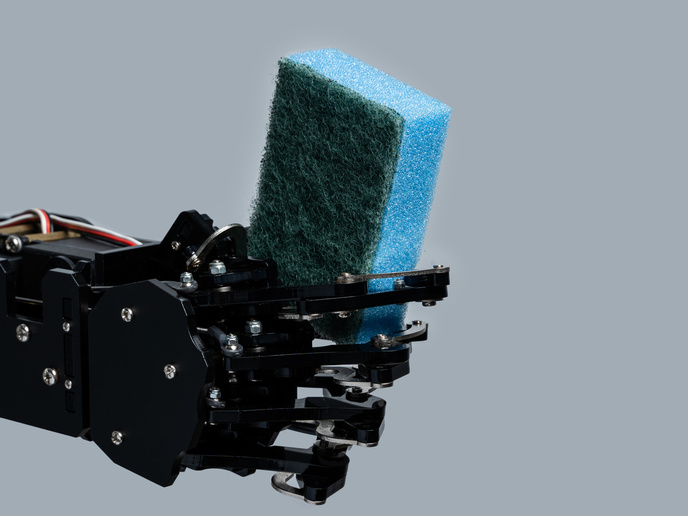Creating a migrant support network across Europe
There are many organisations across Europe all working to integrate new migrants into their respective countries. Yet these groups often work alone, focusing on their specific local issues without wider support from a pan-European community. The SPRING (Sustainable PRactices of INteGration) project developed an online community network to help collaboration among integration researchers, think tanks and other practitioners across the region. SPRING aimed to help civil society organisations, public authorities, NGOs and anyone who works directly with migrants to improve integration practices, by sharing knowledge and best practices.
Mapping the landscape and fostering integration
The SPRING team first mapped out the landscape of migration integration practitioners all over Europe, which continued to grow organically over the two years of the project. The team then ran engagement activities and workshops to connect these disparate groups. “We had the clear impression that these organisations usually feel alone, like they are left behind from the entire system,” says SPRING project coordinator Guia Gilardoni from the ISMU Foundation. “They often struggle to find solutions in hard times, and want to know other people doing the same work elsewhere to share suggestions, advice and networking.” The project also shifted focus toward eastern Europe after the start of the Ukraine crisis, as there were a lot of new yet untrained people working with migrants in this region. “That was another crisis that made what we were doing even more useful,” remarks Gilardoni.
Co-designing best practices
SPRING then ran co-design sessions with around 40 people split into four groups, with the aim of identifying problems with their work integrating migrants and then finding shared solutions. Common problems include a lack of support, and the stop-start nature of projects due to intermittent funding. Initially, the project was aimed at European countries. When the COVID-19 pandemic hit, the project moved online, allowing the SPRING team to target a range of practitioners from all over the world. “We had interested people from Africa, from Asia, from North and South America," says Gilardoni. “It was really unexpected, but good.” The findings have now been shared in a handbook designed to support practitioners across Europe. “These solutions aimed to empower the entire ecosystem,” adds Gilardoni. “The co-design was indeed very successful because the idea was to support a community of practice. “It was designed to be immediately accessible for practitioners, with a lot of tips and infographics and practical notes to collect all the academic knowledge in a usable way,” she explains. The SPRING project also created an online platform integrating already existing best practices. “The idea was to detect what is sustainable and transferable within our practice,” remarks Gilardoni. “In this way we can avoid reinventing the wheel every time.” The final strand of the SPRING project targeted policymakers, and through a series of workshops provided a way for them to evaluate their own policies in relation to other ideas. “When you bring experts to the table, they all have their truth,” Gilardoni explains. “The idea here is to challenge their mindset.”
Keywords
SPRING, migration, integration, sustainable, practice, evaluate, policies, mapping, network







